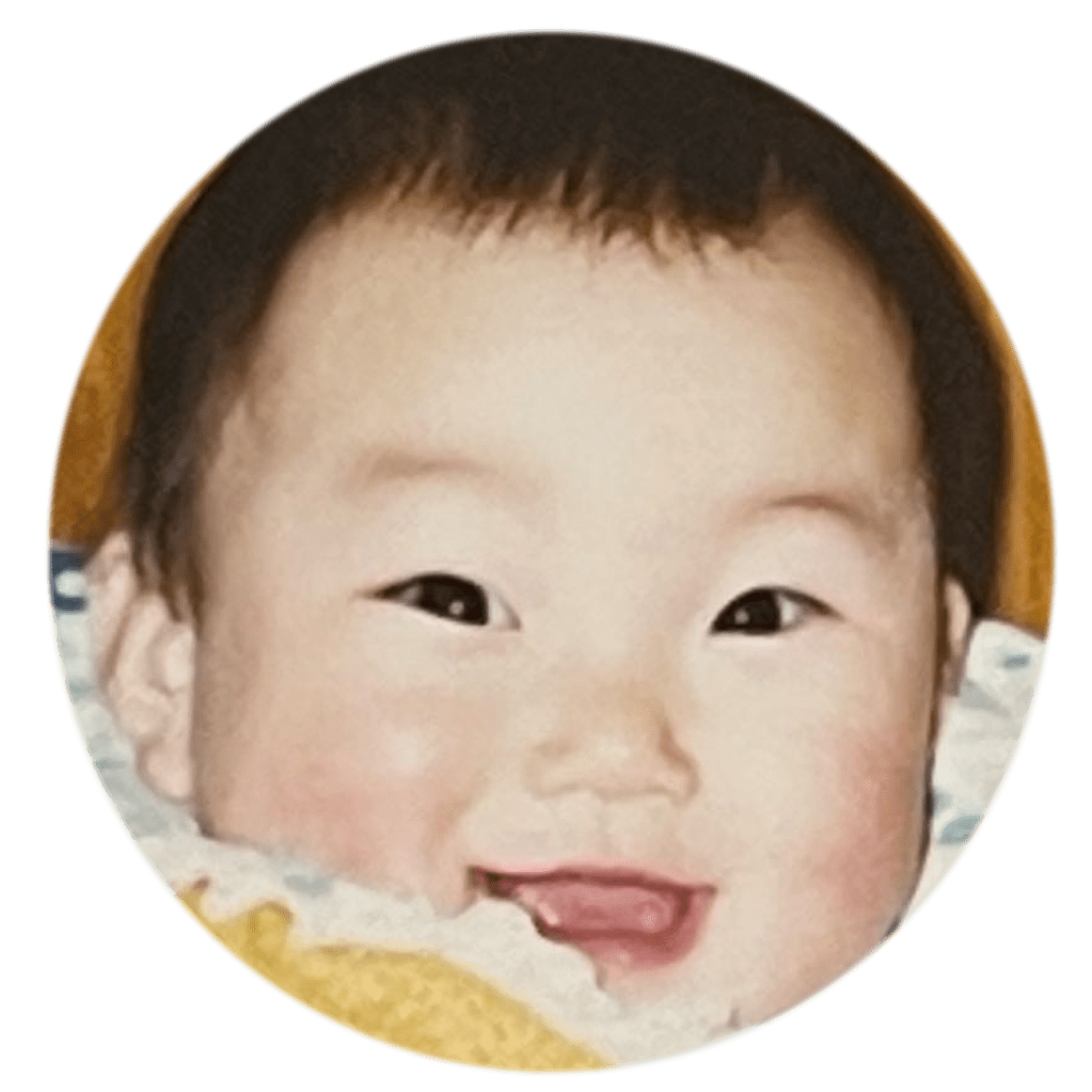
Son to Sun 孙噫阳
The Forever Elephant象像
Experimental Animation |China;Estonia
“你将经历一场象的葬礼,与图像重生的仪式。“
很久很久以前 有一个国王
她收藏了一头大象
但是国王不相信这是一头大象
于是她找到了五个盲人
第一个盲人摸了摸了大象的鼻子
第二个盲人摸了摸了大象的眼睛
第三个盲人摸了摸大象耳朵
第四个盲人摸了摸大象的尾巴
第五个盲人摸了摸大象的脚
五个盲人各自摸了大象后 一起告诉了国王
这个世界的真相
INTRO
As a reborning animal,you are going to navigate a nesting doll in a cyclical adventure – a rite of passage in between image and Imagery.
As an unplaying game ,it combines “Elephant象” from Chinese Yijing and Liminal Space theory by animated childish things.
Be part of it , the king is waiting for blind people to tell her the truths of the world.
Welcome to the elephant’s funeral
Welcome to the World of Imagery .
Once upon the time
There was a king.
She had an elephant.
But the king did not believe that it was an elephant,
So she find five blind men.
The first blind man touched the elephant’s trunk. The second blind man touched the elephant’s eyes. The third blind man touched the elephant’s ears. The fourth blind man touchs the elephant’s tail. The fifth blind man touchs the elephant’s feet.
After each of the them has touched the elephant.
Together, They told the king
The truth of the world.
SYNOPSIS
Son to Sun is an experimental animation(screensaver) combine with digital puppetry interactive game,hybridizing AI-generated visuals with 3D-scanned antique toys of doll and elephants.
Through the recycling life of an elephant with the blind man and elephant fable, it interrogates image cognition crises in the technological singularity era. This project try to construct a liminal space in between Image(elephant) and imagery(Idoll) in contemporary, challenging material/immaterial/non-material boundaries as a philosophical artistic research project interrogating the ontology of image in the algorithmic age.
简介
《Son to Sun》这一艺术研究项目是融合AI图像与3D扫描古董玩具的实验动画与交互偶象游戏,通过大象的轮回重生与盲人寓言的超现实叙事,试图构建一个介于象与像之间的阈限空间,探讨奇点时代下关于(物质/非物质/无物质)图像的本体论。
Trailer |8mins|color|China;Estonia
Game video
Credit
导演 Director:孙逸阳 Yiyang Sun (China)
动画 Animation:孙逸阳 Yiyang Sun
游戏Game:Taavi Varm (Estonia)孙逸阳 Yiyang Sun
合成 Composite:孙逸阳 Yiyang Sun
音乐 Music&Sound:Sava Plukhooii (Dutch)
纪录 Documentary:YuQing Jiang (China)














Elephant Nose Sculpture



Exhibition
Son to Sun: The Forever Elephant (象像)is the artistic research project composed of two works: an 8-minute experimental animation and an embodied, interactive digital puppetry video game,hybridizing AI-generated visuals with 3D-scanned antique toys of doll and elephants. Together, they perform a funeral rite not only for an elephant, but also for the ontology of the image itself. In an era of digital oversaturation, material dissolution, and symbolic disorientation, the project stages a reincarnation ritual for the image, exploring how it might live, die, and be reborn in a post- representational world. Set within a liminal space, the elephant is animated not as representation, but as a playful, unstable presence something between 象(imagery) and 像 (image), ancient bone and digital skin, memory and prototype.
Drawing from new materialism and media materiality, the project proposes a shifting methodology of image-becoming: recursive, embodied, and speculative. This project asks: what does it mean for an image to live, die, or be reborn?
1.Experimental Animation |Color|8minutes |Projector
2.Digital Puppetry Video Game |Color|Computer 3. Puppet sound installation |Egg box,Speaker








Documentary
Boardgame trailer by Haomin Peng
